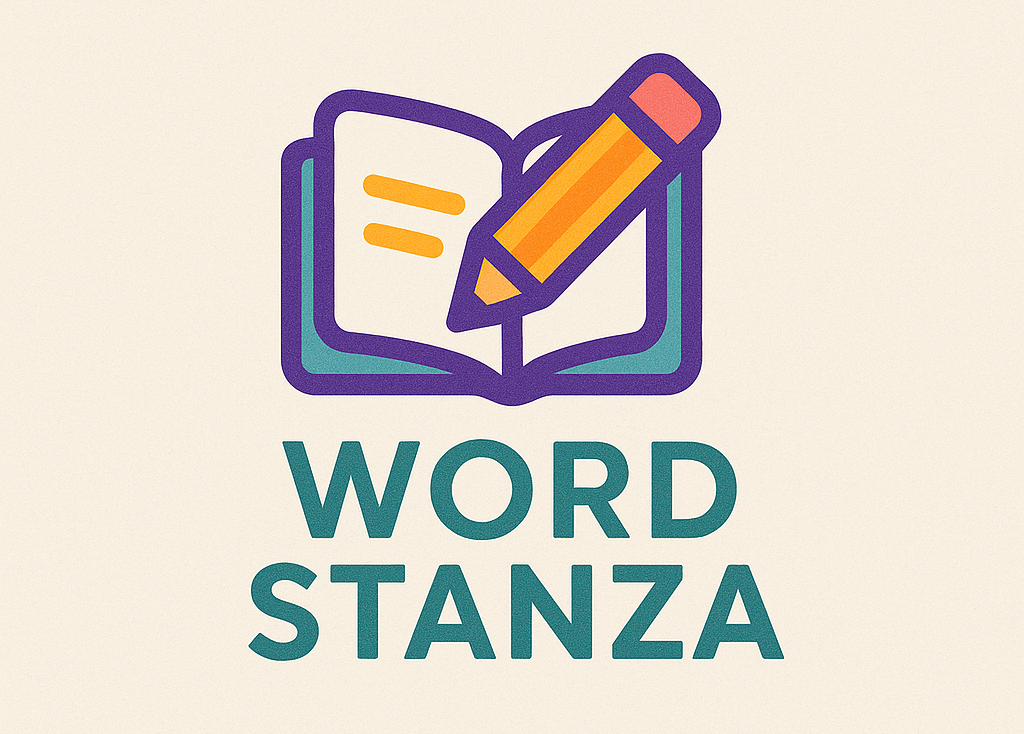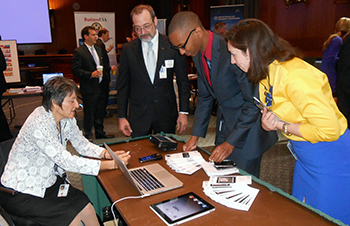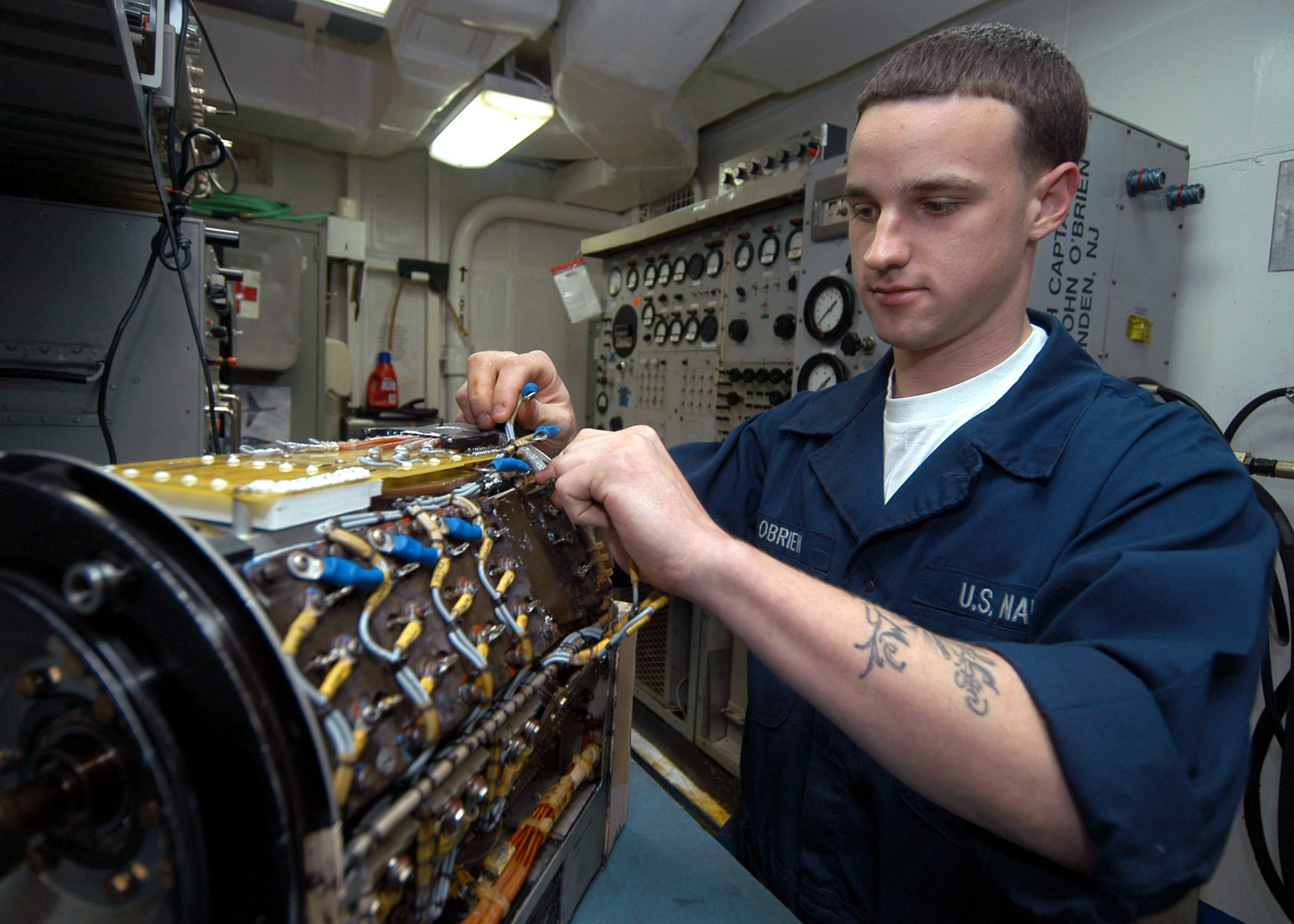The treated loose sand will have to reach the cyclic resistance and the initial stiffness in the elastic field typical of the same thickened sand, while the stiffness at medium and large deformations will not have to change significantly. Finally the treatment must be irreversible, stable over time and the injected mixture must be completely inert towards aggressive agents, it must not have chemical interactions or alter the chemistry of the interstitial water.
The Erosion and Sediment Control technique allows to reduce the index of granular soil voids by injecting cement mixtures that displace the surrounding soil, which compacts with a consequent increase in resistance to liquefaction, stiffness and reduced permeability. A mortar grout is pumped at elevated pressures up to 3.5 MPa from the bottom upwards by steel pipes driven or drilled into the ground according to a grid with 1.5 – 3.0 m of interest. The volume of grout introduced can vary from 3 to 20% of the volume of soil treated.
The compaction injections generate “consolidated” columnar elements that have a supporting function if carried out under the foundations of existing or new buildings; they can be used to bring back buildings that have undergone significant rotations; they also represent a further factor in improving the mechanical properties of the subsoil.
With the aid of appropriate precautions, such as the use of vertical drains, it is possible to successfully use compaction grouting even in fine-grained soils. Unsaturated soils have greater resistance to liquefaction than saturated ones, because they generate less overpressures of interstitial water in the event of an earthquake. The partial saturation (IPS) can be induced in soils below groundwater as those under examination, by means of three techniques recently developed in the United States and Japan.
The first involves the generation of gas inside groundwater through electro- osmosis; the second consists of blowing gas directly into the saturated soil; the third involves the injection of mixtures containing chemical solutions capable of generating tiny gas bubbles inside the pores between the sand grains.
In this way a saturated soil becomes partially saturated, therefore more resistant to cyclic loads. Recent research conducted through laboratory tests has shown that the gas bubbles generated between the grains remain trapped even in the presence of vertical or horizontal gradients. The IPS techniques are still experimental, well characterized with laboratory models, but still little tested on site; the most innovative and effective seems to be the third.
The Erosion and Sediment Control consists in dissolving in water a low concentration of eco-compatible chemical solution (sodium percarbonate) and in injecting the solution into the soil to be treated, with a pump, through appropriately sized windowed pipes and spaced.




